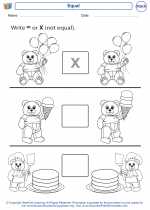Numerator
In a fraction, the numerator is the top number that represents the number of equal parts being considered. It is the part of the fraction that tells us how many parts of the whole we are talking about. For example, in the fraction 3/5, the numerator is 3. This means that we are talking about 3 out of the 5 equal parts of the whole.
The numerator is an essential part of a fraction and is always written above the fraction line (or the "vinculum"). It is important to understand the numerator when working with fractions, as it helps us understand the value of the fraction and how much of the whole is being considered.
Understanding the numerator is fundamental for young learners as they begin to explore fractions and their relationship to whole numbers. It is also important for understanding concepts such as equivalent fractions, comparing fractions, and adding or subtracting fractions.
[Numerator] Related Worksheets and Study Guides:
.◂Math Worksheets and Study Guides Kindergarten. Comparing, and ordering
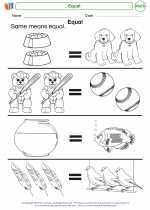
 Coloring Worksheet
Coloring Worksheet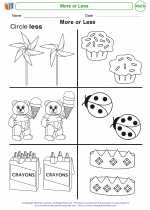
 Coloring Worksheet
Coloring Worksheet
 Worksheet/Answer key
Worksheet/Answer key
 Worksheet/Answer key
Worksheet/Answer key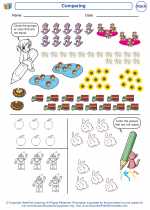
 Worksheet/Answer key
Worksheet/Answer key
 Worksheet/Answer key
Worksheet/Answer key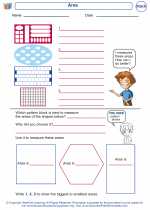
 Worksheet/Answer key
Worksheet/Answer key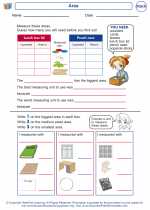
 Worksheet/Answer key
Worksheet/Answer key